Unlike humans, snakes‘ jaws aren’t connected to their skulls. This allows snakes to open their mouths really wide and swallow their prey whole. A lot of times, snakes do not even wait for their prey to die fully. Instead, they let their stomachs finish the job.
Most times, when snakes succeed in swallowing their prey, it is game over for the poor animal but in some cases, the prey continues to fight. Sometimes, they fight their way out of the snake’s stomach, tearing the snake open from the inside out. Here are 5 animals that can fight their way out of a snake’s stomach.
How Snakes Swallow Their Prey
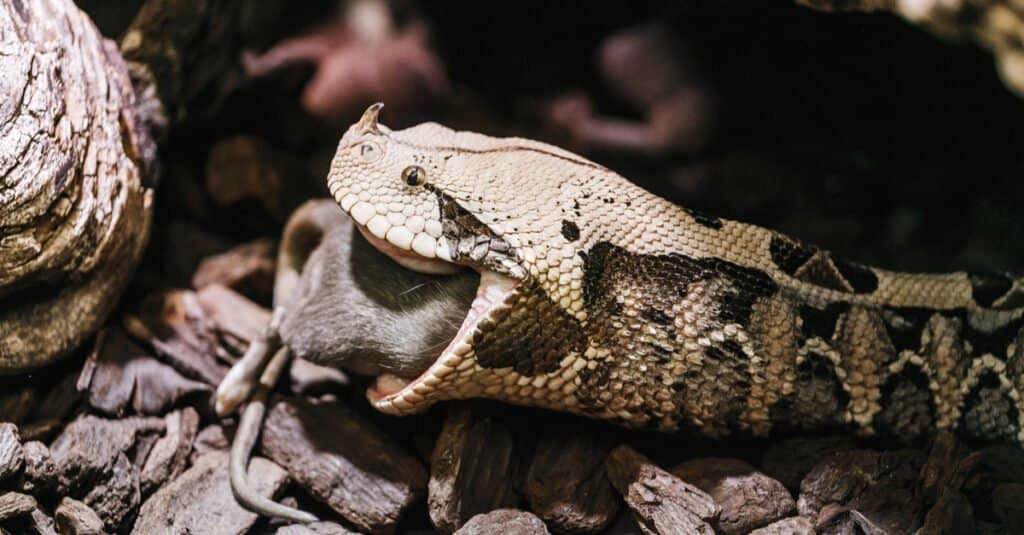
Snakes swallow their prey alive with the help of their jaws which aren’t connected to their skulls.
©frantic00/Shutterstock.com
Before we get into animals that have fought the process, let’s take a look at how snakes manage this incredible feat of swallowing animals alive.
Once a snake captures its prey, it proceeds to wrap itself around it or bite it- depending on the snake’s species. Once the animal is weak enough, the snake pushes it down. Smaller animals are easily swallowed by snakes due to their wide gapes. When the animals are bigger, snakes make use of the bones in their jaws and head to help move the prey along when they swallow. Once the prey is secured, snakes increase their metabolic rates. Their hearts begin to beat faster to pump more blood and prepare the snake’s body for its feast.
When the animal is all the way in, the snake’s curved fangs act as a sort of cage and stop the animal from escaping. The animal then goes down the snake’s pipe-like body and into the stomach. Once the prey reaches the snake’s stomach, digestion begins. The snake’s organs will begin to secrete digestive enzymes and acids. These acids will then break the prey’s flesh and bones down so the snake can digest them.
5 Animals That Can Fight Out of Snakes’ Stomachs
There aren’t any species with the innate abilities to tear their ways out of snakes. One reason for this is that snakes do not depend only on their ability to swallow their prey whole, but also on their digestive acids that help break tissue down.
However, there have been instances of animals with a relentless will to live. Here are 5 animals that defied the odds and fought their way out of a snake’s belly.
Centipedes
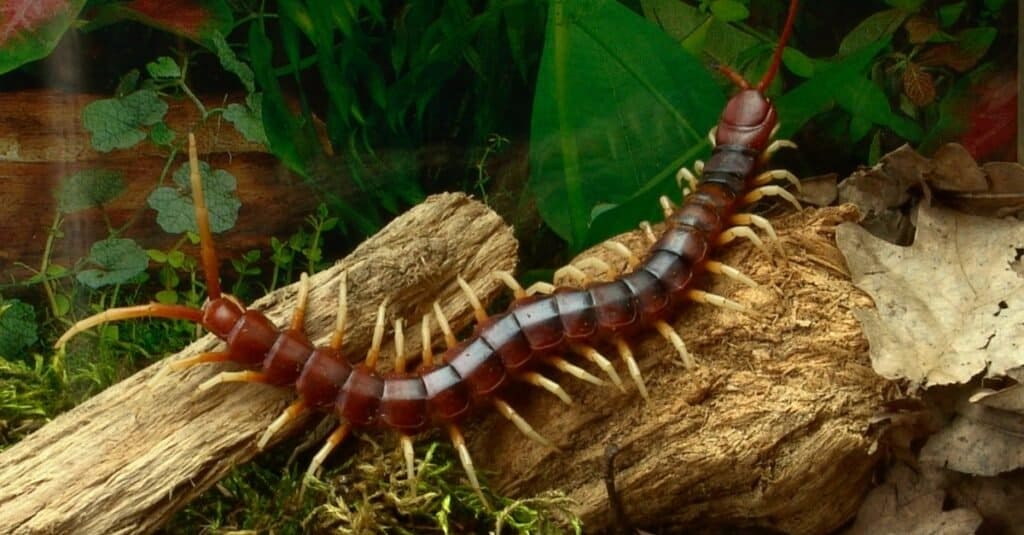
In 2014, a centipede tore its way out of a snake’s belly.
©skifbook/Shutterstock.com
Although known for their small sizes, centipedes are little ferocious animals that do not seem to give in easily. In 2014, the Daily Mail captured a rather unlikely story.
A female nose-horned viper weighing 0.148 ounces had tried to swallow a scolopendra cingulate that weighed 0.169 ounces. Although the snake measured 7.9 inches and the centipede measured 5.9 inches, it proved to be no match for the centipede.
Once the little creature realized it was being swallowed, it began to desperately claw its way out of the snake mid-swallow. However, neither of the animals survived it and both were found dead, with the centipede sticking out of a hole it had gnawed in the snake’s body.
Crocodiles
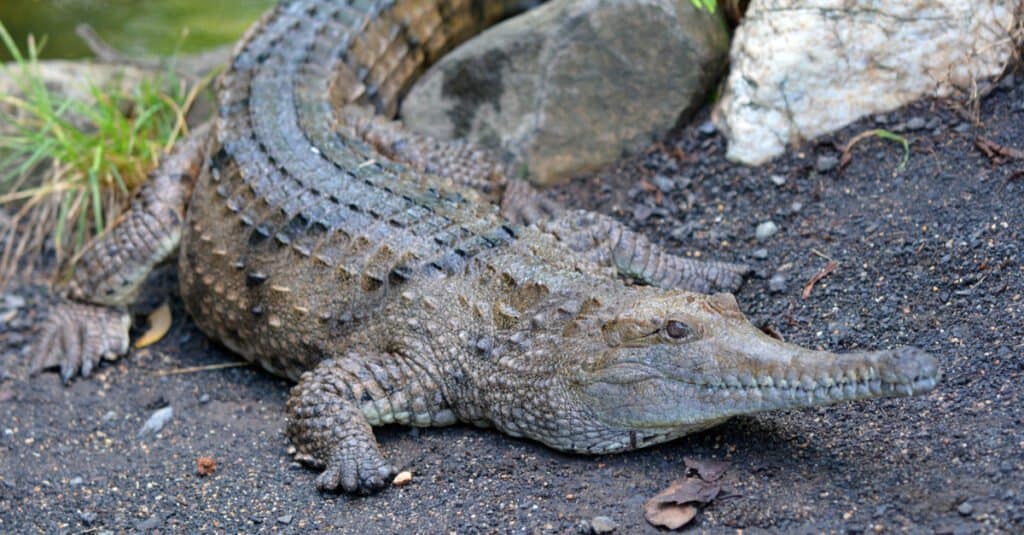
In 2015, a large Burmese python exploded after swallowing a crocodile.
©ChameleonsEye/Shutterstock.com
In 2015, BBC News reported on a very strange happening in Florida. A large Burmese python tried to swallow a 3.2ft crocodile.
It wrapped itself around the animal in its usual fashion and proceeded to open its mouth wide to swallow the animal whole. However, the animal continued to fight until the death, and moments after swallowing it, the python exploded!
Experts weren’t able to give a particular reason for the python’s death but their guess what that it wasn’t strictly due to the crocodile’s fighting. Rather, they suggested that the crocodile was simply too large or an artery had been cut. Either way, it definitely evened the score.
Alligators
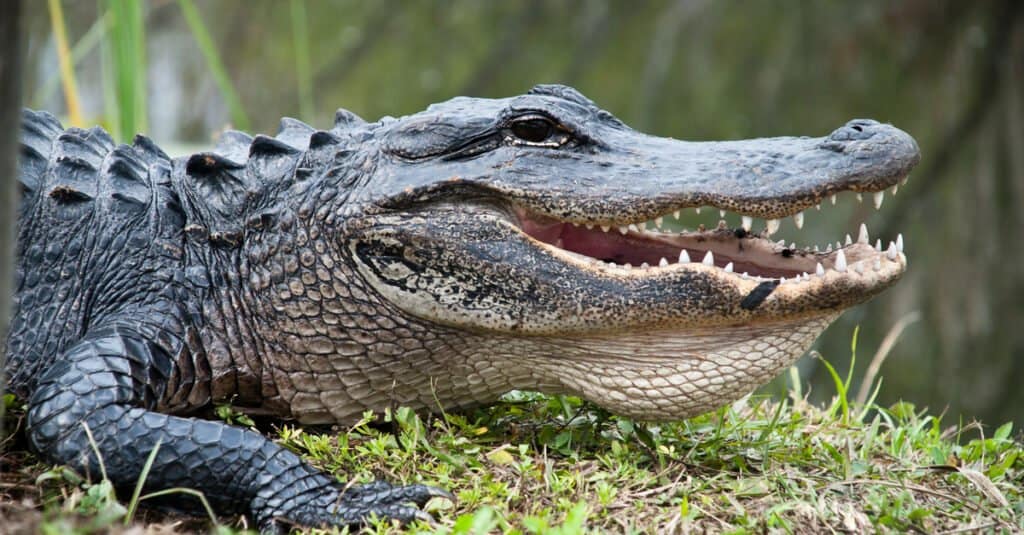
A large alligator seemed to claw its way out of a Burmese python according to a 2005 report.
©RICIfoto/Shutterstock.com
Alligators are no strangers to snakes’ diets, although more often than not, snakes go for smaller-sized ones. However, in 2005, a 13-foot Burmese python went after an adult alligator and regretted it.
The alligator was six-foot, just about half the python’s length and yet, it didn’t seem to go down without a fight. The national park officials released images that showed that the alligator had been too large for the snake to swallow, causing it to die in the process.
Both carcasses were found floating in the water. The alligator’s head, shoulders, and forelimbs were still enclosed in the lower part of the snake’s body but the snake had been torn right open in the mid-section. This was where the alligator’s lower limbs and tail were sticking out from.
Porcupines
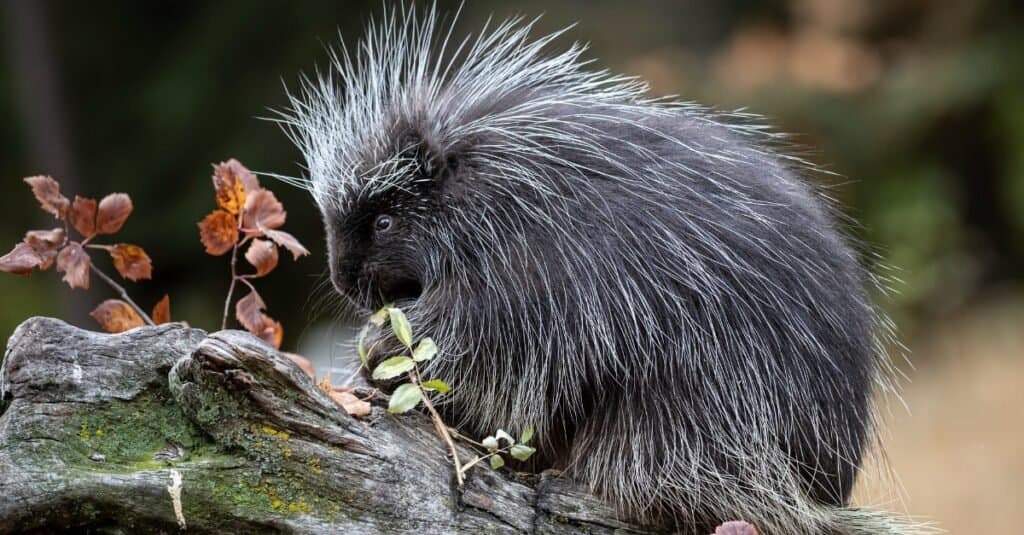
A large python was reported dead in 2015 after swallowing a porcupine.
©iStock.com/Carol Gray
Despite their prickly spikes, snakes often feast on these animals. However, snakes usually go for smaller porcupines. In 2015, Newsweek reported on a large python that decided to munch on a porcupine that weighed 480 ounces. As you might imagine, this didn’t end well for the python.
It was found dead with a swollen belly that baffled the South African locals. Eventually, the snake was opened up and the porcupine’s carcass was revealed.
Although it was not directly stated that the porcupine’s fighting was directly responsible for the snake’s death, scientists suspect that the porcupine’s spikes may have pierced the snake’s digestive tract or any important organ and killed it.
Cows
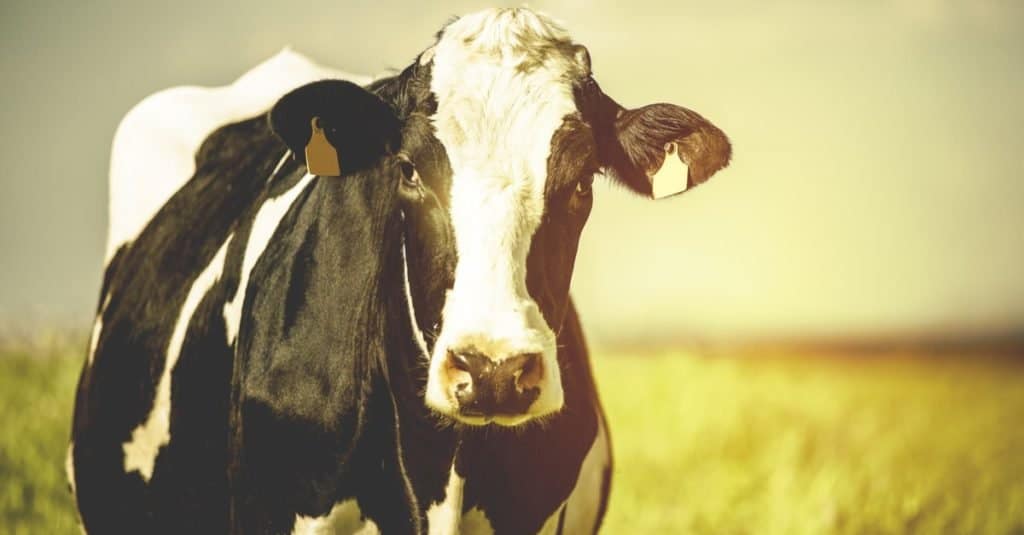
A large python’s stomach ruptured after swallowing a cow in 2021.
©David MG/Shutterstock.com
Cattle are pretty easy game for snakes, especially really large snakes. They will usually constrict or bite cattle before swallowing them. However, in 2021, this mode of operation didn’t work out for a Burmese python.
The python had captured the large cow before attempting to swallow it. However, before this could happen, its stomach ruptured, killing it. When the snake was found by a farmer, it looked almost unbelievable as the animal had been stretched beyond belief. However, both animals died.
Snakes and Digestion
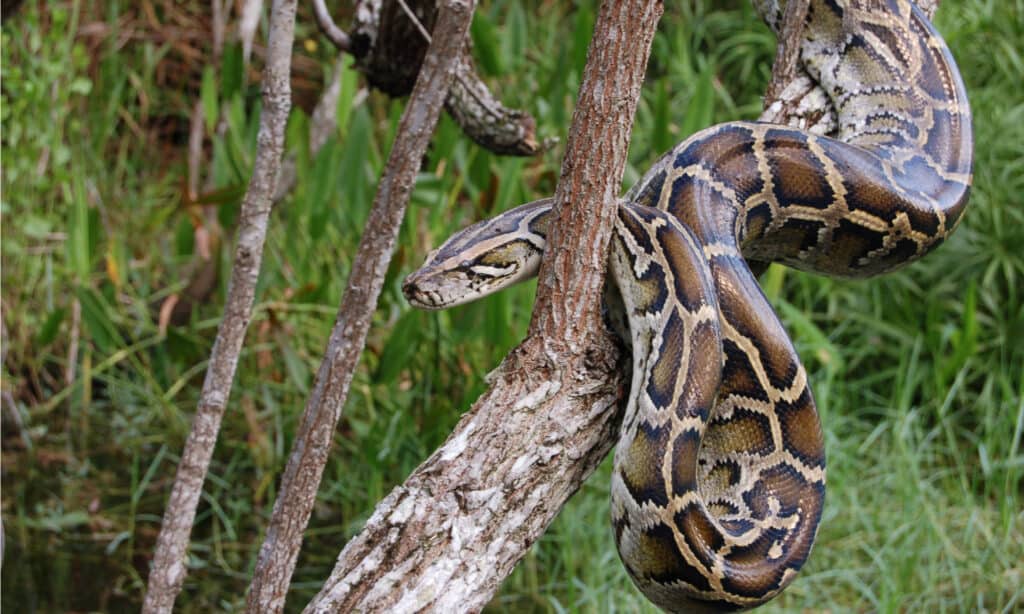
Snakes do not depend only on their ability to swallow their prey whole, but also on their digestive acids that help break tissue down.
©Heiko Kiera/Shutterstock.com
Although several animals have managed to avoid being eaten by snakes, they have not survived it. Since there are no known stories of animals tearing their way out of a snake and remaining alive, it is safe to say that surviving being eaten by a snake doesn’t mean staying alive. Snakes, however, are very strong and resilient animals. When they feed successfully without any mishaps, they can go up to 2 months without food and not starve.
The photo featured at the top of this post is © Sibons photography/Shutterstock.com
Discover the "Monster" Snake 5X Bigger than an Anaconda
Every day A-Z Animals sends out some of the most incredible facts in the world from our free newsletter. Want to discover the 10 most beautiful snakes in the world, a "snake island" where you're never more than 3 feet from danger, or a "monster" snake 5X larger than an anaconda? Then sign up right now and you'll start receiving our daily newsletter absolutely free.
Thank you for reading! Have some feedback for us? Contact the AZ Animals editorial team.






